IMEC: Lessons from the BRI legacy
The India Middle East Europe Economic Corridor (IMEC) is a transnational rail and shipping route spanning two continents, aimed at boosting economic development by enhancing connectivity and integration between Asia, the Arabian Gulf, and Europe.
A Memorandum of Understanding (MoU) has been signed by Saudi Arabia, the European Union, India, the UAE, France, Germany, Italy, and the US to support this project. It is expected to positively impact India’s external trade in multiple ways. However, the initiative faces several prospective challenges and needs to take learnings from China’s experience with its BRI initiative.
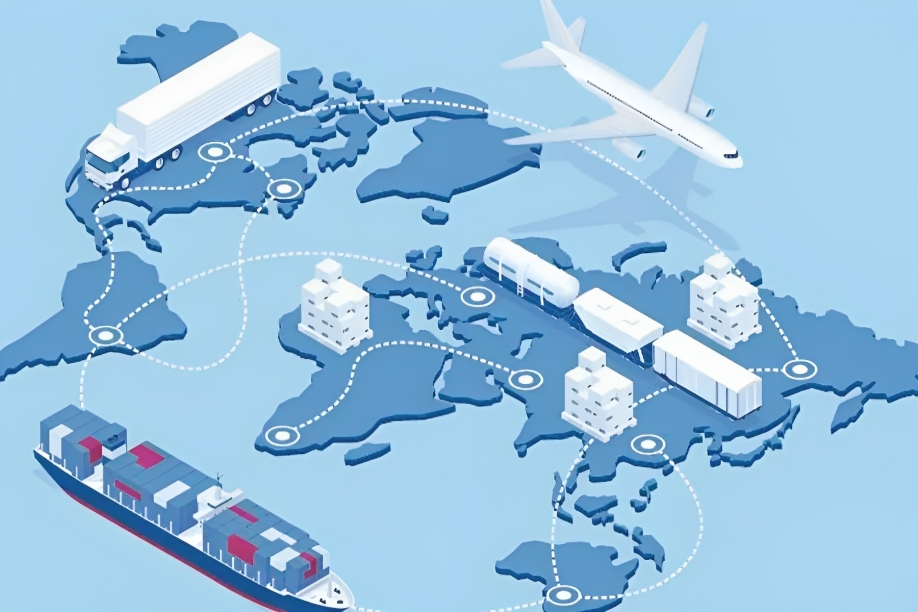
Image Credit: Shutterstock
The India Middle East Europe Economic Corridor (IMEC) represents a transformative initiative aimed at enhancing connectivity and trade across Asia, the Arabian Gulf, and Europe. IMEC’s core objectives include creating essential economic links, reducing trade costs, facilitating green energy exports, and strengthening supply chain security. This ambitious project not only positions India as a pivotal regional trade and economic hub but also offers an alternative to China’s Belt and Road Initiative (BRI).
Objective of the corridor
IMEC seeks to foster economic growth and attract fresh investments in the region. A primary aim is to establish vital connections between Asia and Europe by creating strategic commercial hubs. Additionally, IMEC aims to promote the development and export of environmentally friendly energy sources, reinforce existing trade and manufacturing partnerships, and enhance the security and efficiency of food supply chains.
Furthermore, the project is set to play a pivotal role in interconnecting energy grids and telecommunication networks using undersea cables. This ambitious endeavour aims to significantly broaden access to electricity and internet services, thus contributing to broader economic development and improved connectivity.
- Economic Growth: IMEC aims to stimulate economic growth in the participating regions by promoting trade, investment, and infrastructure development. By creating new economic opportunities, it seeks to drive overall prosperity.
- Attracting Investments: The corridor intends to attract new investments into the region. By improving connectivity and facilitating trade, IMEC aims to create an environment conducive to both domestic and foreign investments.
- Connectivity between Continents: IMEC seeks to enhance connectivity between Asia and Europe, two major continents. By establishing efficient transportation and logistics networks, it aims to bridge these regions and facilitate the flow of goods, services, and people.
- Commercial Hubs: The project envisions the creation of commercial hubs along its route. These hubs are intended to serve as centers of economic activity, promoting trade and commerce between countries along the corridor.
- Clean Energy Development and Export: IMEC is going to support the development and export of clean energy sources. This includes initiatives related to green energy production and the exchange of such energy resources among participating nations.
- Trade and Manufacturing Synergies: The corridor is expected to strengthen existing trade relationships and manufacturing synergies between the countries involved. By streamlining trade routes and transportation, it aims to enhance trade efficiency.
- Food Security and Supply Chains: IMEC would contribute to food security by improving the reliability and efficiency of supply chains. This is particularly important for ensuring a stable and consistent flow of food and agricultural products.
- Infrastructure for Energy and Telecommunications: The project includes plans to link energy grids and telecommunication lines through undersea cables. This initiative is designed to expand access to electricity, the Internet, and other communication services, thereby fostering economic development and connectivity.
Swati Babel, an expert in cross-border trade finance business specialist spoke to IBT stating:
“IMEC is a beacon of transformative potential. It aims to unite diverse economies, enhancing connectivity and trade across Asia, the Arabian Gulf, and Europe. IMEC goes beyond infrastructure; it weaves economic unity, promoting seamless goods and services flow. It’s a testament to collaborative innovation, bolstering secure supply chains, reducing trade costs, and driving regional economic growth. IMEC’s commitment to environmental sustainability and its potential as an alternative to China’s Belt and Road Initiative (BRI) make it a balanced and collaborative approach for sustainable development and economic integration“.
Comparison of IMEC with the Belt & Road Initiative (BRI)
IMEC and the Belt and Road Initiative (BRI) share common objectives of promoting economic growth, connectivity, and trade integration among nations. IMEC’s primary focus is to establish connections between Asia, the Arabian Gulf, and Europe, while BRI operates on a much larger global scale. BRI, initiated in 2013, has engaged with over 150 countries and attracted substantial investments, exceeding US$ 1 trillion, for thousands of projects. Interestingly, some IMEC MoU signatories, such as Italy, Saudi Arabia, and the UAE, are also participants in BRI, although Italy recently announced its intention to withdraw from BRI.
While IMEC’s policy documents do not explicitly mention BRI or China, the project shares similarities in its objective of enhancing global trade and infrastructure development along historical trade routes. BRI has been operational for a decade, whereas IMEC is still in the planning and negotiation phase. A comprehensive comparison between the two can be made once IMEC’s details are finalized.
Both initiatives have the potential to attract substantial financial resources, although IMEC’s financing arrangements are yet to be finalized. Challenges exist for both projects; BRI has faced criticism over allegations of being a “debt trap” for participating countries, as seen in Sri Lanka’s economic crisis. IMEC, on the other hand, may confront geopolitical and logistical challenges, particularly given its route passes through countries like Jordan and Israel.
What will be the challenges in implementing this?
The IMEC project is a multifaceted endeavour fraught with various challenges. A major obstacle is the lack of solid financial commitments at this point, as funding decisions are set to be made in the next two months. Careful planning and coordination are necessary for building a vast network of railways, roads, and ports that cross multiple countries. Furthermore, the corridor passes through regions such as Jordan and Israel, which creates complex geopolitical challenges. It’s crucial to maintain a delicate balance between economic goals and diplomatic strategies in these areas.
Drawing lessons from the Belt and Road Initiative (BRI), which has faced its share of obstacles related to coordinating with different nations, managing financial packages, handling geopolitical intricacies, and diplomatic considerations over a decade, it is evident that the IMEC will encounter similar challenges. Additionally, the involvement of Saudi Arabia and the UAE in both the IMEC and the BRI raises questions about striking a harmonious balance between these commitments. The corridor’s success also hinges on navigating environmental regulations, ensuring security along the route, and sustaining economic viability over time. Engaging with a multitude of stakeholders, from local communities to governments, will be crucial in garnering support and addressing concerns throughout this complex undertaking.
To what extent will the IMEC help India’s external trade?
IMEC is expected to boost India’s external trade by improving efficiency, reducing expenses, promoting economic unity, generating employment opportunities, and decreasing greenhouse gas emissions.
The establishment of a cross-border shipping and railway corridor will have the dual effect of lowering logistics costs and bolstering trade in both goods and services between India, the UAE, Saudi Arabia, and Europe. A noteworthy example is the impact on India’s engineering exports, which are primarily destined for the Middle East and Europe; these exports are expected to receive a significant boost.
The IMEC presents India with the chance to establish hubs for green hydrogen and green ammonia production along its coastlines. These commodities can then be transported to the Middle East and eventually Europe using the shipping and railway network. Analysts predict that this corridor will enhance the efficiency and cost-effectiveness of India’s export processes, thereby enhancing their competitiveness.
Swati Babel further adds that IMEC holds the potential to revolutionize India’s external trade landscape. Through optimized transit routes and the connection of vital ports in India, the Middle East, and Europe, IMEC is primed to significantly reduce logistics expenses. Key strategic ports like Haifa in Israel and Piraeus in Greece will facilitate seamless cargo transfer between ships and railways, leading to reduced transit times and costs. The synergy between railways and shipping within IMEC is pivotal for enhancing trade efficiency. This integrated ship-to-rail transit network will streamline the flow of goods and services across regions, ultimately boosting trade volumes and economic prosperity.
Way ahead
The IMEC represents a significant leap towards enhancing connectivity, trade, and economic integration between Asia, the Arabian Gulf, and Europe. This ambitious project, backed by an MoU signed by key nations, aims to create vital commercial hubs, promote green energy exports, and strengthen trade partnerships while improving the efficiency and security of supply chains.
IMEC’s vision is not just about infrastructure development but about fostering economic unity and environmental consciousness. It aspires to offer a sustainable and collaborative alternative to China’s Belt and Road Initiative (BRI), showcasing India’s capability to drive regional connectivity and infrastructure development.
India’s active involvement in shaping the regulatory and operational framework of IMEC demonstrates its commitment to ensuring equitable participation and benefits for all stakeholders, including local communities. Job creation and increased economic activity are among the immediate benefits that will positively impact these communities.







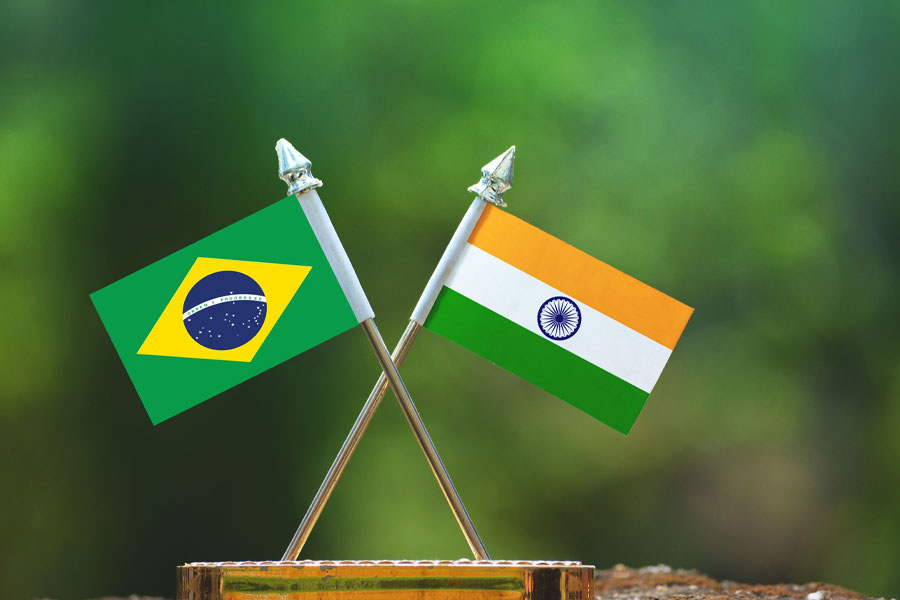
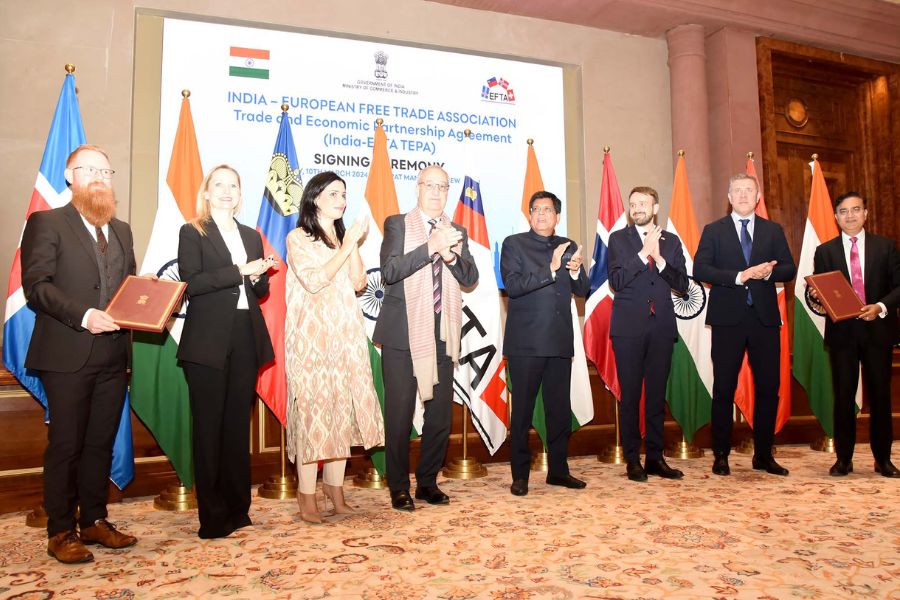
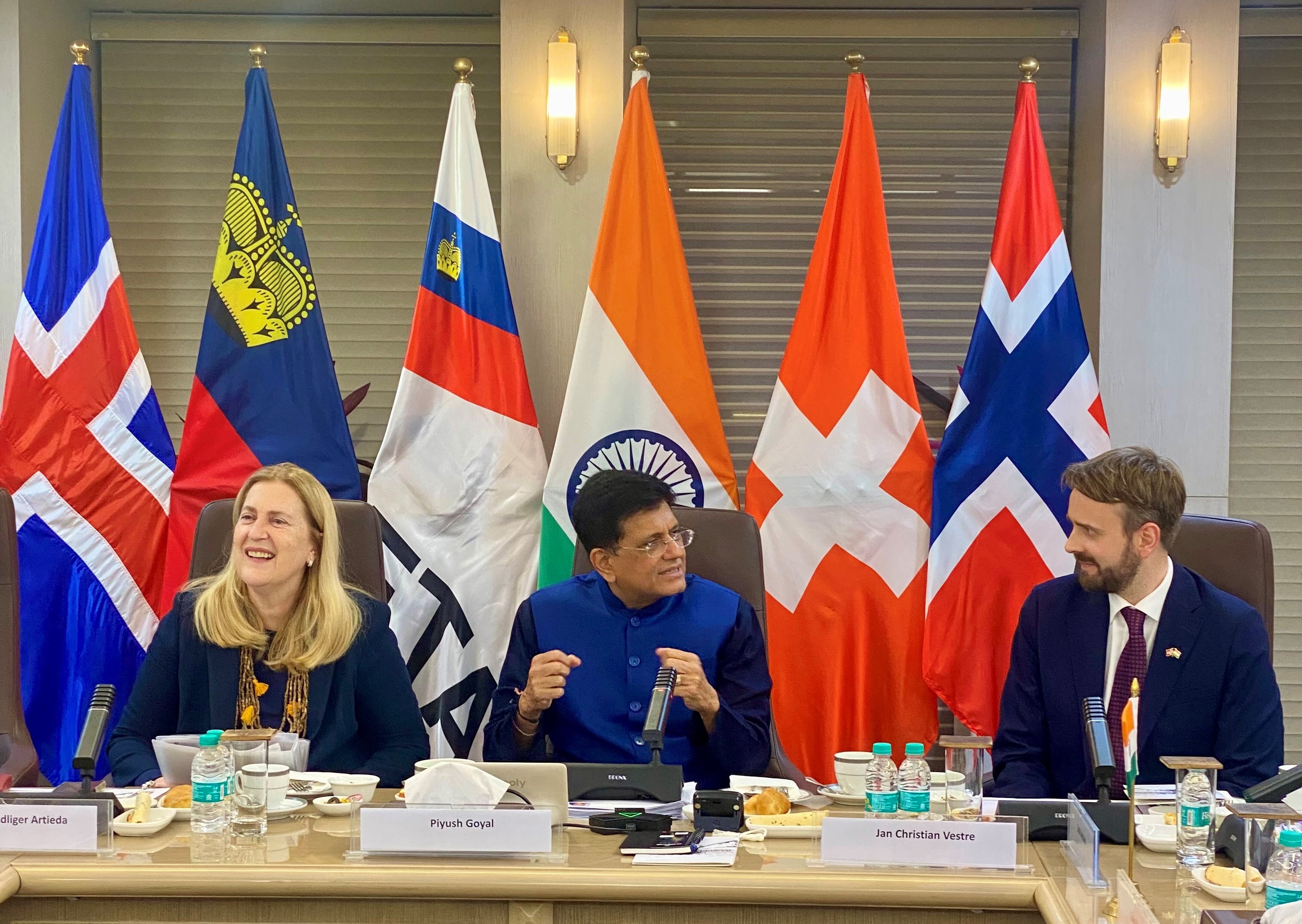
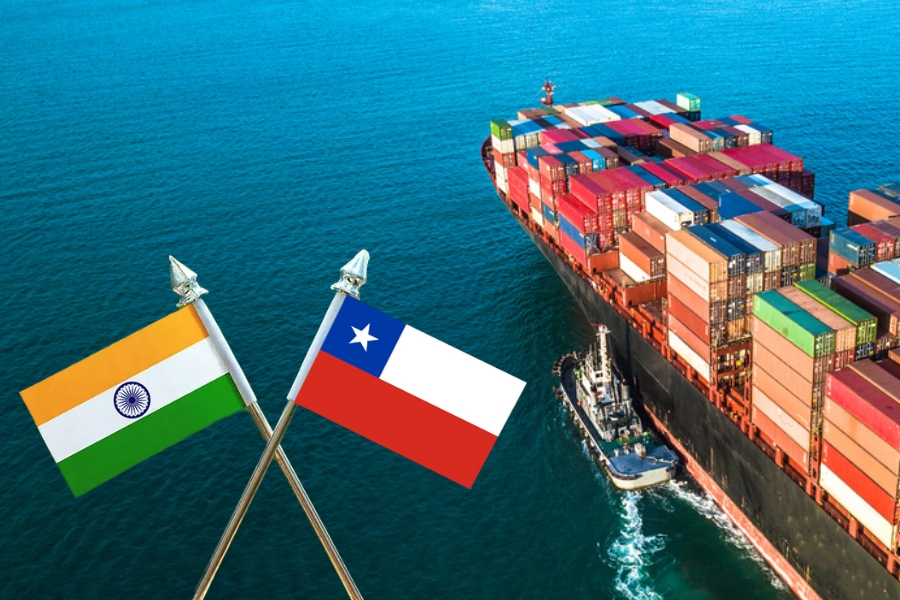

Leave a comment